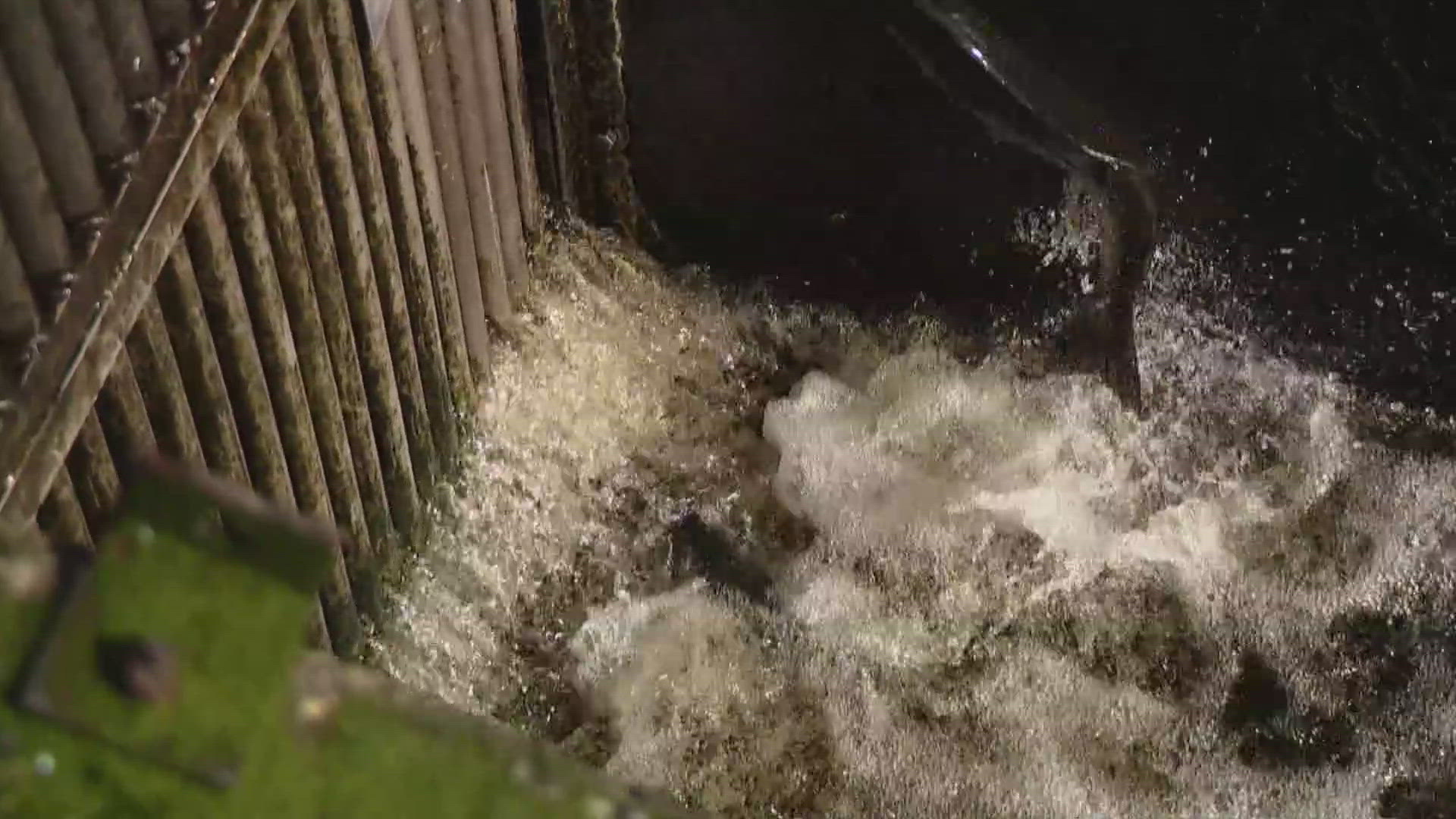TULALIP, Wash. — Tulalip tribal leaders, representatives from the National Oceanic and Atmospheric Administration (NOAA), Gov. Jay Inslee and partners discussed plans Thursday for millions of dollars in federal funding to go toward salmon hatcheries.
It comes after the Departments of Commerce and Interior announced in July that $240 million from the Investing in America agenda would go toward supporting fish hatcheries producing Pacific steelhead and salmon.
A news release said the move was a step toward "underscoring the Biden-Harris administration’s commitment to empowering Tribal Nations and fulfilling the federal government’s trust and treaty responsibilities."
"These hatcheries are part of our treaty trust obligations to the tribes in ensuring they have fish for their fisheries, and their subsistence and ceremonial purposes," said Jennifer Quan, regional administrator for the West Coast Region of NOAA Fisheries.
NOAA conducted a process to gather input from tribes on the most effective ways to allocate agency funding from the Inflation Reduction Act, and a report said priorities included salmon hatcheries, habitat restoration, science support and recovery planning and coordination. It details a $390 million allocation toward tribal priorities, including a $240 million set aside for salmon hatcheries for tribal governments.
Jason Gobin, Executive Director of Natural and Cultural Resources for Tulalip Tribes, said while its hatchery is productive it's also outdated.
"We're in need of upgrades to be able to better facilitate releases and broodstocking at the same time," Gobin said. "Multiple releases for multiple species here on site because we're finding that timing is key to our releases and so having any delay because of fish health issues or growth -- we need to be able to release fish in the adjacent ponds."
Gobin said the tribe has already created initial plans, but hopes funding from this allocation could help bring them to fruition. While the money has been set aside, specific projects that will receive funding have not yet been announced. Still, he said this is a significant moment.
"This is a historic funding opportunity that's been made available to in tribes, a lot of times in the past this would not have gone directly to the tribes or would have been facilitated another way potentially," Gobin said. "This is a much needed injection into the infrastructure that supports all these hatcheries- which supports not only tribal fisheries but non-tribal fisheries up and down the west coast."

